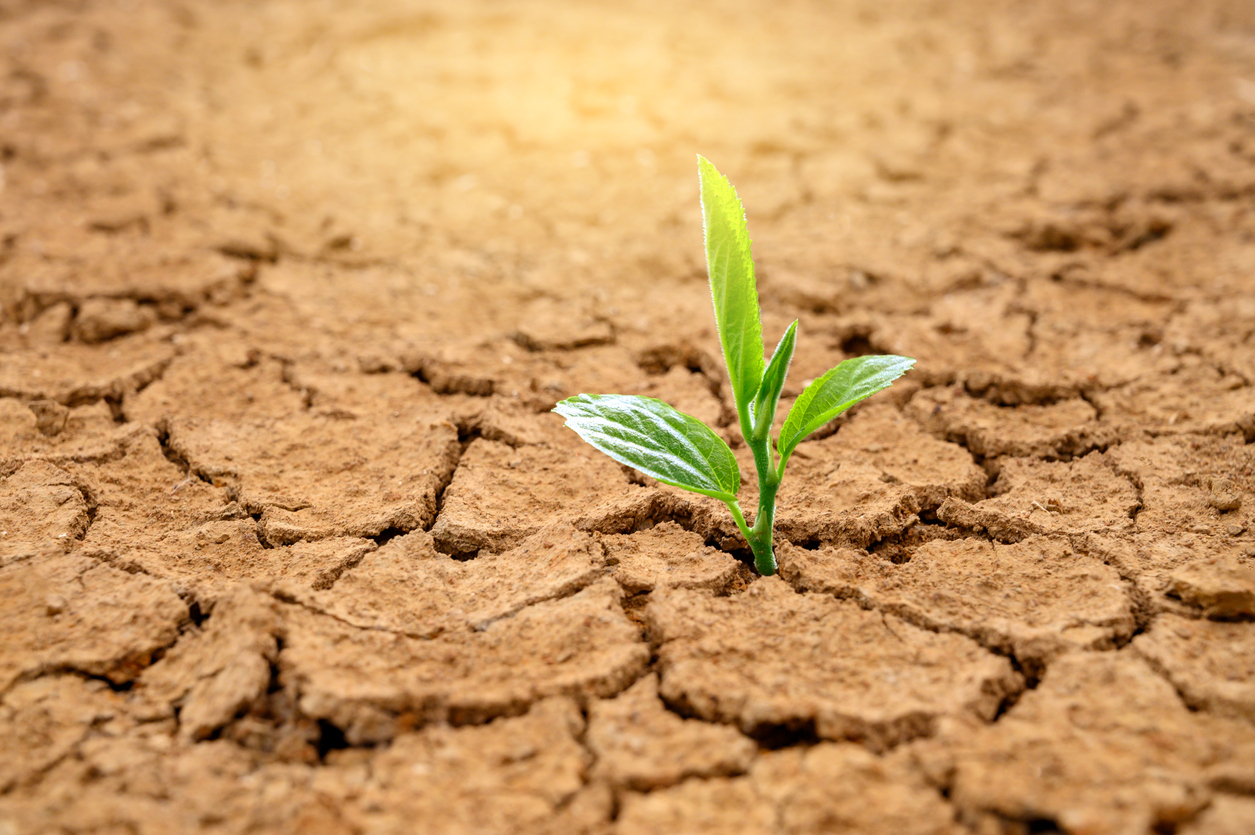Climate is "Unsettled" Science
There is a lot of doom and gloom in this world. Between COVID-19, Ukraine war, and Climate Change; there is not a lot of optimism, especially in our young people. Maybe some data can alleviate some concerns about climate change. Climate change is real but should not be overhyped.
Earth’s climate has been naturally changing since its creation. Climate is an average of the weather over many years, changing slowly and is measured over decades. Weather is what is happening now or in the near future. Aaron Wilson, Ohio State climatologists is predicting another year where our spring weather may be wetter than “normal”, summer may be dry, and fall may be wetter than normal. Weather predictions are about 50% or less, so maybe he’s right. Climatologist often say, “Climate is what you expect, weather is what you get!”
Earth’s climate has changed over decades and centuries; ebbing and flowing, up and down with a lot of internal variation. The tilt of the earth from season to season changes our weather yearly, but earth’s axis is also becoming more upright which naturally affects our weather. Other factors like the earth’s orbit, sun brightness (sun spots), ocean currents, cloud cover, volcanos, etc. all naturally affect our weather and climate
There are many climate cycles, some lasting 40-60 years, others lasting centuries, some lasting millenniums. The 1910-1940 time period (Dust Bowl) was hotter and drier, 1940-1980 was cooler, and 1980-2020 was again warmer. The Little Ice Age lasted from 1450-1850 which was followed by rapid warming. The Industrial Age (human’s influence on climate) started around the 1880’s or later, so human impacts have been recent and relatively small. Glaciers started melting about 127,000 years ago. Earth’s climate changes constantly, and most of these events are just natural occurrences.
What worries most people, is what impacts do humans have on climate change. The short answer, is some, but not a large impact. While media and politicians make a great fuss about greenhouse gases, the actual data is quite sparse. Yes, there are some extreme weather events occurring, but these events are not that unusual when you look back in time.
The largest greenhouse gas is water vapor which accounts for 0.4% of the atmospheric molecules but traps 90% of the heat in the atmosphere. Water holds 10X more heat than air, so water bodies moderate temperature swings. Oceans are the biggest moderator of climate change. Our oceans have been slowly warming for the last 127,000 years, since the glaciers started melting.
Currently, there is a large concern about greenhouse gasses; carbon dioxide, methane, and nitrous oxide, and aerosols. Carbon dioxide, at 410 ppm accounts for 7% of the atmospheric heat trapped, and the other 3% is due to methane, nitrous oxide, and other gases. The carbon dioxide from fossil fuels increased trapped atmospheric heat by a total of 0.6% since the year 1750 when carbon dioxide levels were 280 ppm (assumes zero clouds). If carbon dioxide levels increase to 560 ppm, expect about a 1.1% total increase in atmospheric heat trapping (1750- 2100). Atmospheric aerosols (from humans) cool the atmosphere; however, they may harm the ozone layer needed to protect humans from radiation and sunburn. While water and carbon dioxide may be greenhouse gases, both are critical for increasing agricultural production. A little extra carbon dioxide may be needed to increase food production 150% by 2050 to feed an estimated 10 billion people!
Many of our problems associated with climate change DATA are human induced, especially by using computer models. Climate change modeling is complex and not very exact. Often the variation in the numbers is greater than small human changes they are trying to predict. The large uncertainty and variations cause a lack of credibility. There is no easy way to test a computer model, except to look backwards and use recorded data to see how it reacts. The short answer is not very well. Limited recorded weather data (200 years), many unexplained climate cycles, oceans, and clouds muddle past and future climate predictions. Ice cores and tree rings give some additional long-term data, but each has its limitations.
There are many myths about the weather and climate that are too complicated to discuss. The media over-hypes human impact on heat waves, droughts, floods, tornadoes, hurricanes, cyclones, snow storms, ocean warming etc which are due primarily to natural phenomenal events. Humans may be responsible for roughly 1% of weather and climate change activities. Human influence on weather and climate is rather small! Source: Steven E. Koonin’s book: Unsettled (2021). Dr. Koonin, Former Undersecretary for Science, Department of Energy in the Obama Administration.
